Discover the captivating story of the 2,000-year-old jujube tree in Ein Hatzeva, Israel. Symbolizing resilience and cultural heritage. This ancient tree has survived harsh conditions, played a role in local traditions, and become a cherished tourist attraction. Explore its remarkable legacy and the enduring spirit of Ein Hatzeva.
Read on to learn more about this remarkable tree and its place in the history of Ein Hatzeva.
Tracing the Legacy of the 2,000-Year-Old Jujube Tree
The 2,000-year-old jujube tree in Ein Hatzeva, Israel, serves as a symbol of perseverance and cultural heritage. The tree’s roots delve deep into the land and embody the story of the people who have resided in the area for centuries.
Locals have shared stories of the tree being a meeting place for their ancestors, as well as a provider of nourishment and medicine. The jujube fruit is even mentioned in the Bible, adding to its historical significance.
Despite facing various challenges, including droughts and fires, the tree still stands strong today and serves as a reminder of the area’s rich past. Tracing the legacy of the jujube tree serves as a fascinating journey through the history of Ein Hatzeva and the resilience of its people.
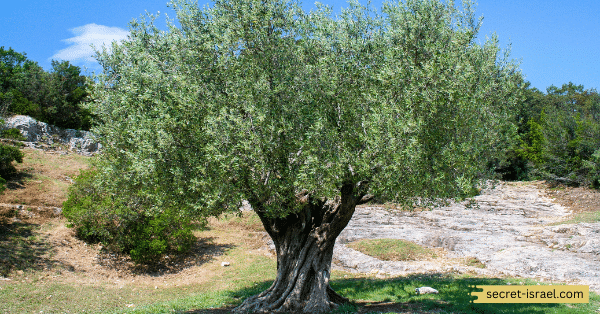
The Jujube Tree as a Representation of Ein Hatzeva’s Identity
In the small desert village of Ein Hatzeva in southern Israel, stands a 2,000-year-old jujube tree. The magnificent tree is not just a tourist attraction but is also a representation of Ein Hatzeva’s identity.
The jujube tree symbolizes the resilience and perseverance of the desert community. Even in the harsh and arid climate, the tree continues to thrive and bear fruit. The locals of Ein Hatzeva take pride in their heritage and the jujube tree stands tall as a testament to their strength and endurance.
Visiting the tree is a unique experience as one can witness the remarkable sight of its twisted trunk, gnarled branches, and its sweet fruit, all-permeating with the rich history and culture of Ein Hatzeva. Seeing the jujube tree in person is awe-inspiring and a true reminder of the beauty and triumph of life in the desert.

Examining the Resilience and Survival of the Ancient Jujube Tree
Nestled in the hot and arid Negev Desert, lies a remarkable tree that has caught the attention of many – the ancient jujube tree of Ein Hatzeva. This 2,000-year-old tree is symbolic of resilience and survival, having weathered the harsh desert conditions over centuries.
Its gnarled bark and twisting branches tell of a history that spans many generations of human existence. The jujube fruit, once a staple for the nomadic Bedouin tribes, still thrives on this resilient tree today.
Its ability to adapt and thrive in one of the harshest environments on earth is a testament to the power and tenacity of nature. Each visit to this remarkable tree, with its thick canopy and ancient roots, is a humbling reminder of the power of nature and the enduring spirit of life.
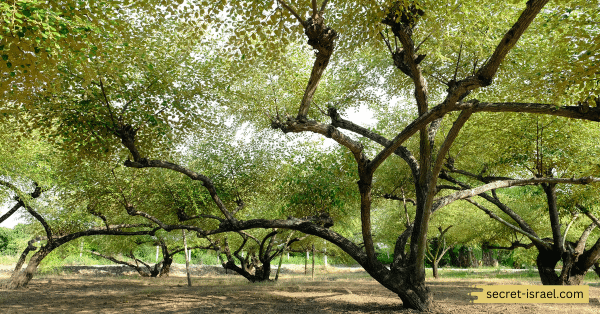
The Jujube Tree’s Role in Local Beliefs and Traditions in Ein Hatzeva
The Jujube Tree in Ein Hatzeva is not just any ordinary tree. It holds a special place in the hearts of locals, serving as a symbol of their enduring beliefs and traditions. This 2,000-year-old tree is steeped in history and is thought to have been a witness to countless generations of Ein Hatzeva residents.
Its twisted trunk and gnarled branches are a testament to the tree’s resilience over the years. According to local lore, the Jujube Tree is said to be imbued with spiritual energy, which is why it is revered as a sacred object.
It is believed that rubbing the tree’s bark can bring good luck and ward off evil spirits. Every year, tourists flock to this tiny desert community to witness the tree’s magnificence and learn about its storied past. The Jujube Tree is a true testament to the enduring importance of tradition and the power of nature.
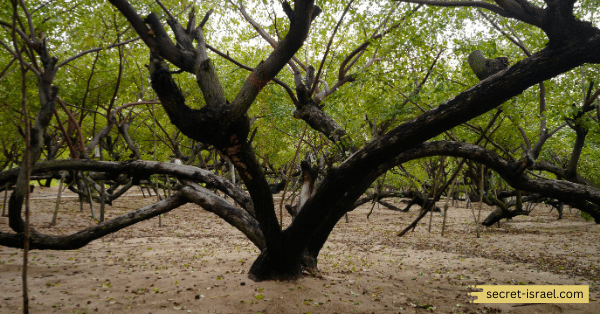
How Ein Hatzeva Preserves and Celebrates the Jujube Tree
The small village of Ein Hatzeva, located in the Arava region in southern Israel, is home to a 2,000-year-old jujube tree. This ancient tree has become not only a symbol of the village but also an important part of its history and culture.
Ein Hatzeva has taken great pride in preserving this remarkable tree, which stands over 11 meters tall and is regarded as one of the largest jujube trees in the world. To celebrate the tree’s significance, the village hosts an annual jujube festival, where visitors from all over come to taste the sweet fruit and learn about its historical importance.
Ein Hatzeva’s dedication to preserving this natural wonder serves as an inspiration for all who value the importance of history and tradition in our rapidly-changing world.
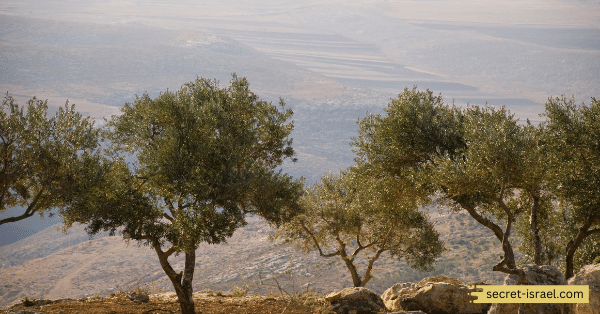
Exploring the Fascination Surrounding the 2,000-Year-Old Jujube Tree in Ein Hatzeva
Tucked away in the southern desert of Israel lies the kibbutz of Ein Hatzeva, home to a remarkable treasure that has captivated visitors for centuries: a 2,000-year-old jujube tree. The gnarled, twisted trunk of this beloved tree is a symbol of resilience and endurance, having withstood countless harsh desert conditions and still producing fruit each year.
While its exact age is impossible to determine with complete accuracy, experts have estimated its origins to be somewhere around the Second Temple period. Visitors to Ein Hatzeva can come to marvel at this ancient wonder and even taste the sweet jujube fruit for themselves.
The fascination surrounding this tree only continues to grow, solidifying its place as a beloved symbol of the enduring spirit of Ein Hatzeva and the wider Jewish community.
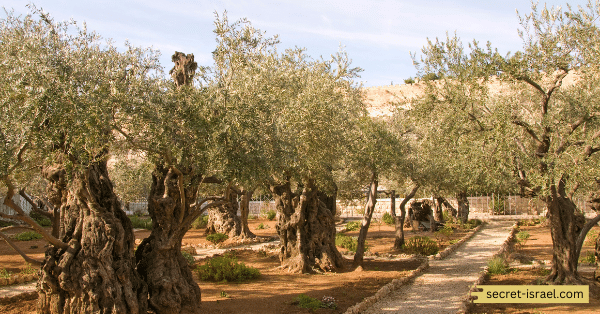
In conclusion
Stepping foot into the Ein Hatzeva Oasis, one can’t help but be mesmerized by the lush greenery and the tranquility of the surroundings. In the heart of this oasis stands a magnificent 2,000-year-old jujube tree, a true symbol of resilience and endurance.
This ancient tree has stood the test of time, bearing witness to the countless generations that have passed by. The jujube tree’s significance goes beyond just being a natural wonder. It’s also a testament to the harmonious co-existence between man and nature.
Ein Hatzeva residents take pride in preserving and protecting this precious tree. Ensuring that it continues to thrive for many more years to come.











